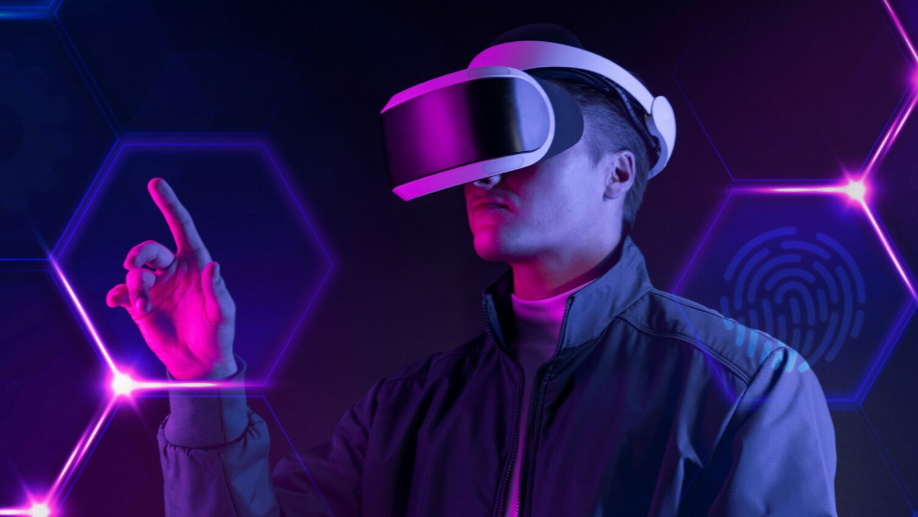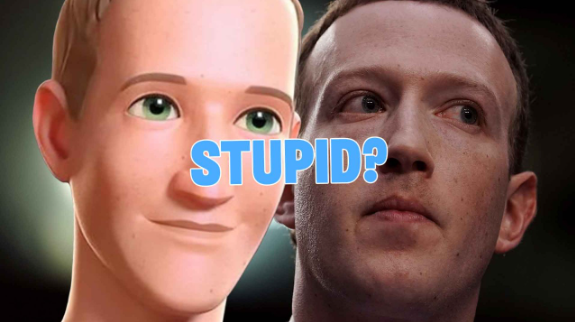Make no mistake, the Metaverse is already here.
It’s been here for a while. No, it doesn’t look like what the movies would have you believe, and it doesn’t involve people wearing headsets or AR glasses in the office, yet, but it’s here.
Anytime you see someone dancing TikTok in public, gaming, texting on their phones, browsing Amazon, or watching YouTube on their laptop, that’s the metaverse.
These people live their lives partly in the digital sphere, socializing, gaming, shopping and living in a collective virtual world. That is the metaverse.
The metaverse is a vague and general term, like “internet”, which represents a network of connected persistent virtual spaces.
Currently, the metaverse is used to describe virtual worlds that incorporate different immersive digital technologies that interconnect with the real world. Either directly through augmented reality overlays that help with daily tasks, work, and education, or indirectly through games to win, virtual reality, or artificial intelligence (AI) simulations used for real-world purposes.
The interconnectivity of the metaverse with the natural world is increasing through blockchain technology, with cryptocurrencies and non-fungible tokens (NFTs) becoming a staple of the Web 3 future.
With all this in mind, who really owns the Metaverse?
Spoiler alert, it’s not Meta. Just because Facebook has changed their logo and brand name doesn’t give them any precedence over something as vast and decentralized as the metaverse, which is more of a concept than an object or product.
Meta is just one project among millions, so looking beyond all the buzzwords and branding, who, if anyone, owns the Metaverse?
The short answer: no one, and everyone.
Longer, more useful answer: Tool makers, software developers, world builders, artists, 3D modelers, game developers, users, investors, those are the proverbial owners of the metaverse.
Suppose we want to look at it from a business perspective. In that case, the companies that own the tools that enable all of the activities mentioned above have influence over the future of the metaverse for decades to come.
The Metaworlds
Roblox, Fortnite, and Minecraft have long been spaces where people — younger gamers, that is — have been able to represent themselves and engage with their fellow gamers and friends. Unlike Sandbox, Decentraland, Upland, and Axie Infinity, however, they are not native to the blockchain.
However, they function as their own universes and have a large player base that will give them an advantage once they decide to implement blockchain technology.
Roblox is already incorporating the in-game currency, Robucks, allowing players to purchase in-game items to show off to their friends without calling them NFTs.
These games are most popular among the generation that is more familiar with NFTs and spends most of their time socializing in 3D digital spaces. In other words, the target audience of metaverse companies.
Gaming is apparently among the largest sector involved in the metaverse, closely followed by social interaction, e-commerce, and simulations. So it’s no surprise that those who manage and build these worlds and operate within them have the biggest head start.
Toolsmiths and World Builders
Virtual worlds are to the metaverse what websites are to the Internet, and we can expect them to appear in much the same way. Therefore, those companies that make it simple to build worlds and create digital assets will be the website builders of tomorrow. Those who know how to use those tools effectively are the web developers of tomorrow.
I’m talking about Unity and Unreal Engine, the giants of the game industry and every game developer’s best friend. Their highly evolved asset management and content creation tools make them the WordPress or Wix of the Metaverse. Along with other resource creation tools like Substance Painter, Houdini, open source Blender, Rhino and more, all creators should have these tools in their arsenal and let their imaginations run wild.
What Makes the Metaverse “Meta”
Interoperability and seamless interaction between different virtual worlds and the real world are basic elements of Web3 and Metaverse. Roblox or Fortnite are just games with items that can be purchased in-game. Still, let’s say you took those virtual items to another playable world and seamlessly integrated them into your avatar, or that same avatar appeared in another metaworld aligned with your style. In that case, you have a metaverse: a different world connected by a single membrane.
With that in mind, the future leaders of the Metaverse may already see themselves heavily involved in the gaming industry’s software and hardware.
The technology company responsible for some of the world’s best graphics processing units in the gaming world certainly understands the task when it comes to presenting its latest contribution to the Metaverse.
NVIDIA’s aptly named Omniverse looks to make integrating 3D creations across all Metaverse platforms, worlds, and sites easy and seamless, and that will certainly be an infrastructure
Just as no one really owns the Internet, no one person or company owns the Metaverse. But there are companies and people who exert great influence and contribute more to its maintenance and creation than any other company.











